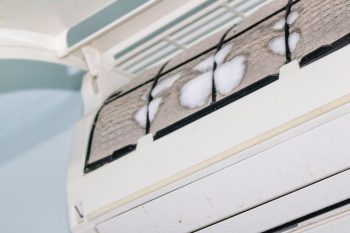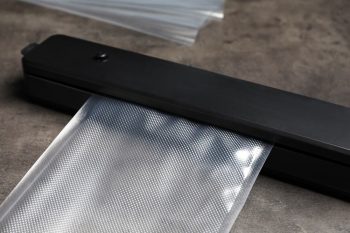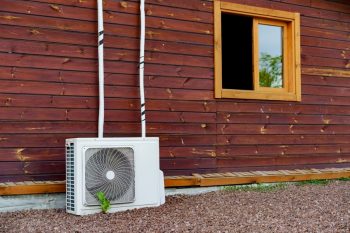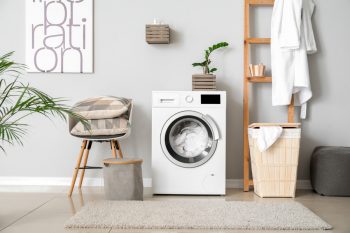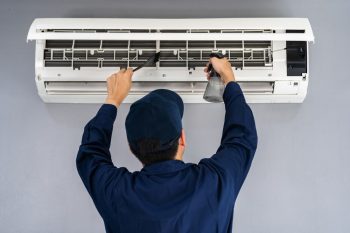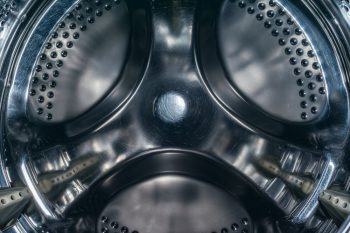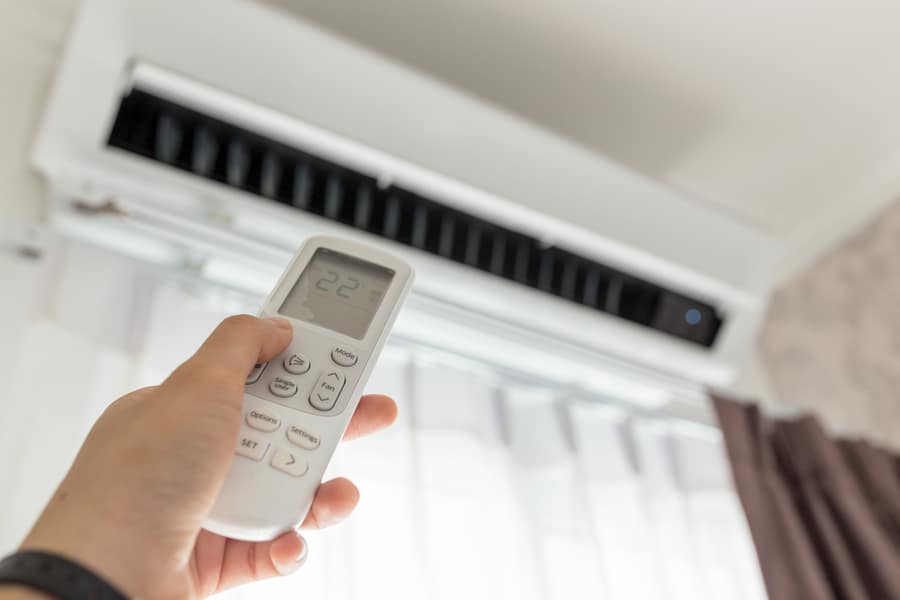
Your air conditioner cools your indoor climate, so why should you leave it on when you’re not using it? It’s very easy to get into the habit of leaving the air conditioning set to cool 24/7.
People don’t realize how much energy they spend in their homes being heated or cooled until they review their bills and their usage.
One of the basic concerns people must consider in air-conditioning is energy consumption. Some automatic air conditioners use more energy than conventional ACs, resulting in high running costs.
To improve the efficiency, one may consider turning on ‘energy saving mode’ in them.
Here are tips on saving energy on your air conditioner:
- First, prevent drafts by insulating your home.
- Second, turn off the air conditioner when you’re not using it.
- Third, make sure your air conditioner is tuned to the correct temperature.
- Fourth, clean out your air conditioner filter regularly.
- Finally, unplug appliances that aren’t in use.
Reduce air conditioner usage and increase your comfort through better habits. These tips will help you use less energy.
This article is the one you’ve been waiting for.
Keep reading to get the ultimate guide on the energy-saving mode in your air conditioner and a few tips to help you save energy when using your AC.
Energy Saving Mode in Air Conditioners
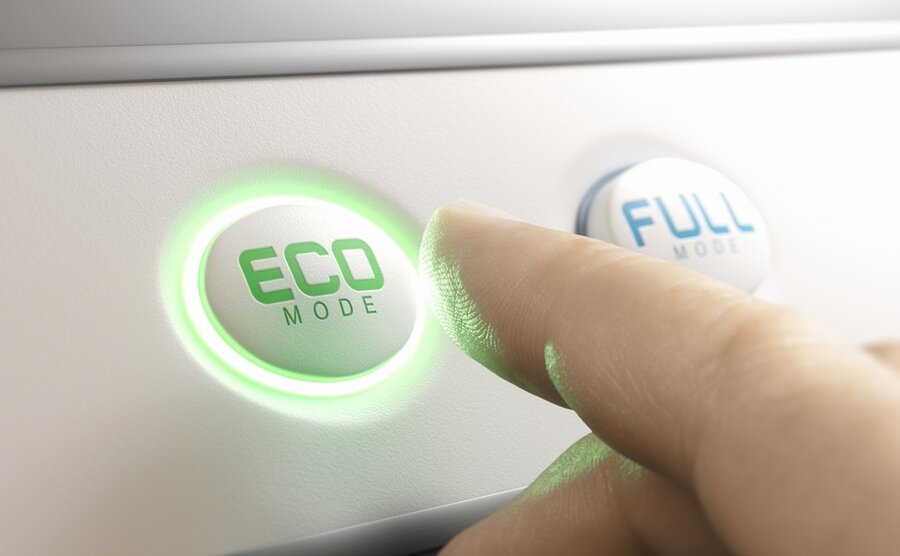
Eco mode, as sometimes referred to, is the most important setting for your air conditioner. The mode will determine how well your air conditioner will work and how long it will last while reducing energy consumption.
The energy-saving mode of your air conditioner allows it to run at a lower temperature and will reduce wear and tear on its components. This also reduces energy costs, which is always a good thing.
The energy-saving mode also helps with cooling your home by reducing the electricity required by the unit to keep it running at full blast all summer.
If you want to save money on your electric bill this summer, invest in an energy-saving electric unit with an energy-saving mode.
How Energy Saving Mode Works
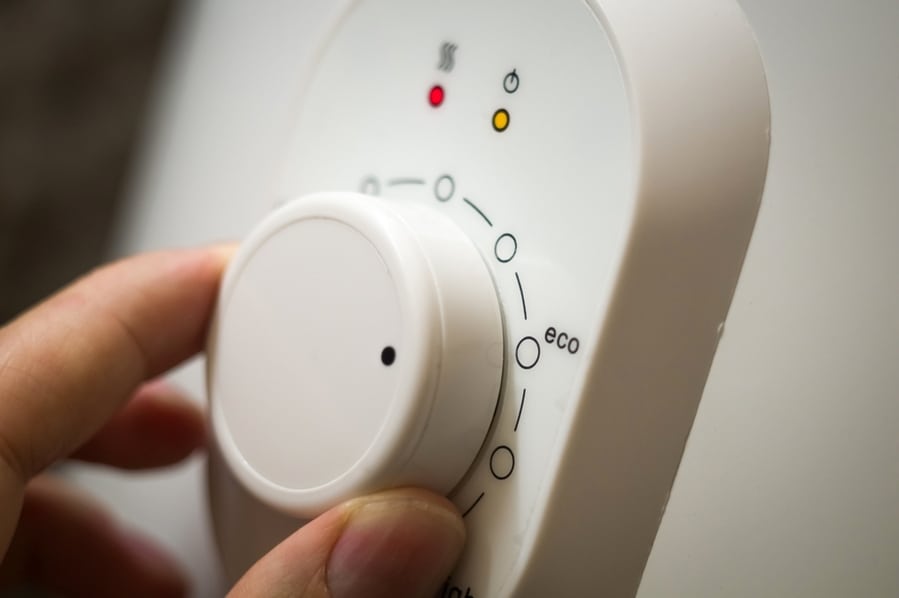
Energy saving mode is a feature that comes with the AC and helps you save energy and money by turning off the AC when not in use.
This mode will help you save on electricity bills and reduce your carbon footprint. However, knowing how this mode works is important before using it.
When you see the air conditioner icon on display, it is in energy-saving mode. As a result, the compressor will be off, and only the fan will work.
Your AC units are designed to save as much energy as possible while keeping your home cool during summer.
This is achieved by reducing the operating temperature of the condenser and evaporator coils, which reduces their power consumption.
Turning on your AC unit in this mode will use less electricity than when operating normally. This saves money and lowers your electric bill, depending on how often you run your AC in this mode.
Tips To Save on Energy When Using Your Air Conditioner
Air conditioners usually consume a lot of energy. So if you’re in an area with high temperatures, you may wonder how to use your air conditioner wisely to save energy costs.
Here are some tips to save energy when using your air conditioner.
1. They Must Be Turned Off When Not in Use
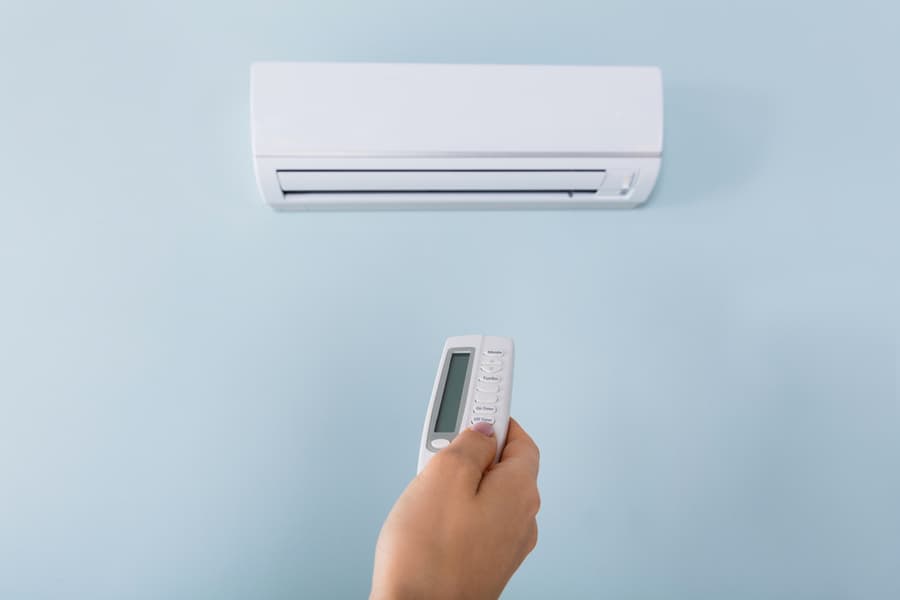
The most common way to save on energy bills is to turn your air conditioner off when it isn’t in use. This is a great way to save money, but you must do it correctly and regularly.
The best way to ensure that your air conditioner is turned off when it’s not in use is to use a timer. You can choose from several different timers for your home, including those that count down slowly or flashlights at set intervals.
You can also set a regular time that you want the timer to remind you at night or during the day, so you don’t forget about it until after your workday ends.
2. Air Conditioners Must Be Properly Positioned in the Room
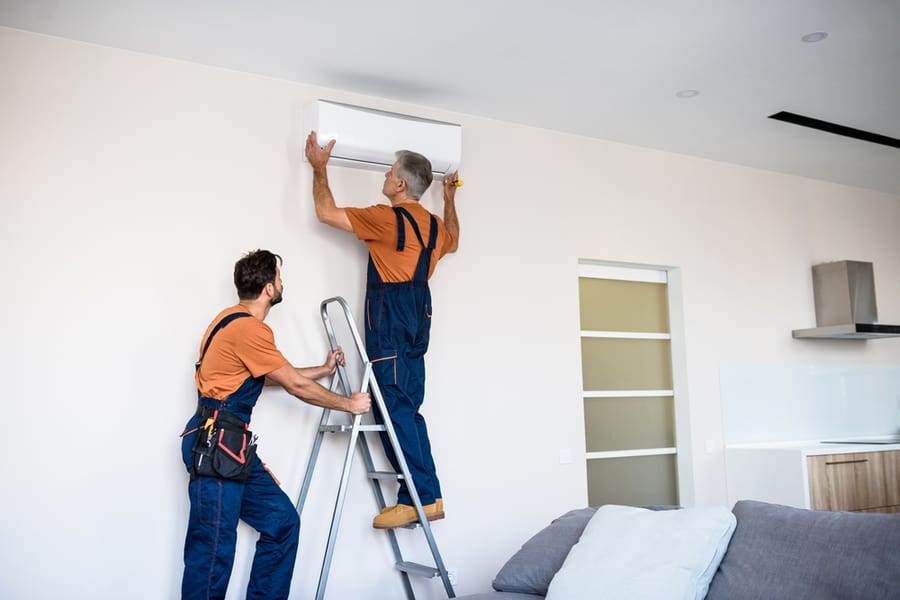
The AC unit will only work as efficiently as it can when placed directly above or in the front of the area where you want it to cool down.
The most common mistake homeowners make is placing the AC unit too close to their furniture. The result is that the air conditioner is not blowing cold or warm air throughout the room.
If you place it too close to a wall, ceiling, or other obstruction, it won’t be able to circulate enough air around the space and will waste energy cooling surfaces that are not being used.
In addition, if your AC unit is located near windows and doors, it can’t effectively circulate the cool air throughout your home. This means that the interior of your house will be cooler than necessary, and you’ll still feel warm when you’re inside.
3. Allow Enough Time for Your Air Conditioner To Cool Down
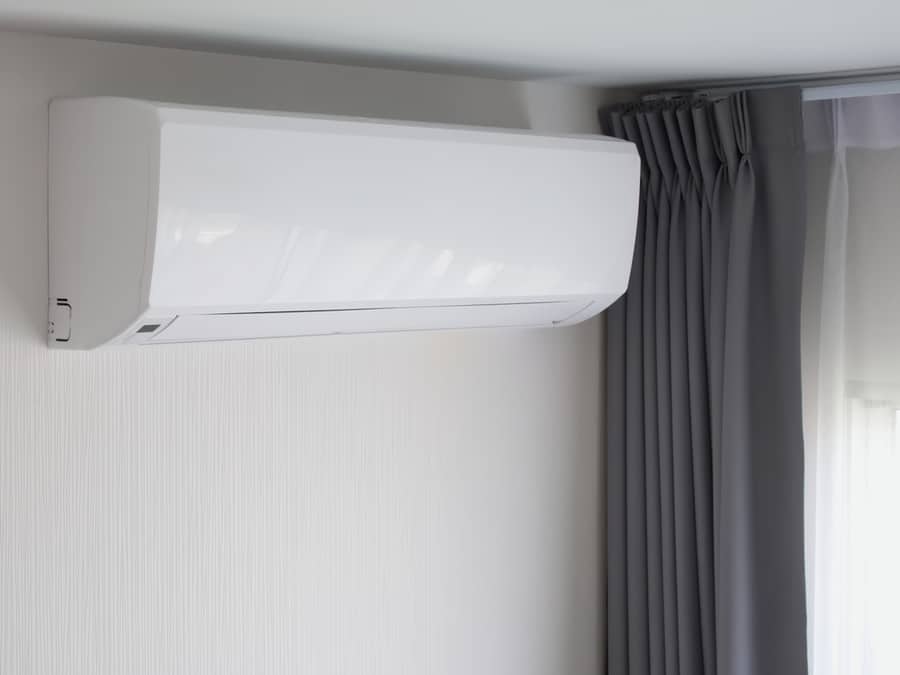
You do not want to turn on your air conditioner when it is unnecessary. This is because the unit needs time to cool down, which can take up to an hour after turning it off.
The amount of time the AC takes to cool down depends on how hot it was when you turned it on and how much humidity there is in the area.
If you live in a hot climate, you should allow your unit to cool down before turning it back on. If you have a high-end AC with multiple independent cooling units, it may take even longer for them to cool down.
4. Follow Every Manufacturer’s Guide on Energy Saving

The best way to save on energy costs is to follow the manufacturer’s guide for energy-saving features. The energy-saving features can vary from model to model, but most AC units will have speed and cool settings.
The cool setting should be used when the temperature outside is above 85 degrees Fahrenheit, and the speed setting should be used when the outside temperature is below 65 degrees Fahrenheit.
If you live in a location that experiences extreme heat or cold, check with your local utility company about their recommendations for operating your air conditioner when it’s hot outside. This can help you get the most out of your unit’s heating and cooling abilities.
Some manufacturers have very detailed manuals, while others may only provide a few simple guidelines. Follow the manufacturer’s recommendations for the best results.
5. Be Sure the Compressor Is Working Properly
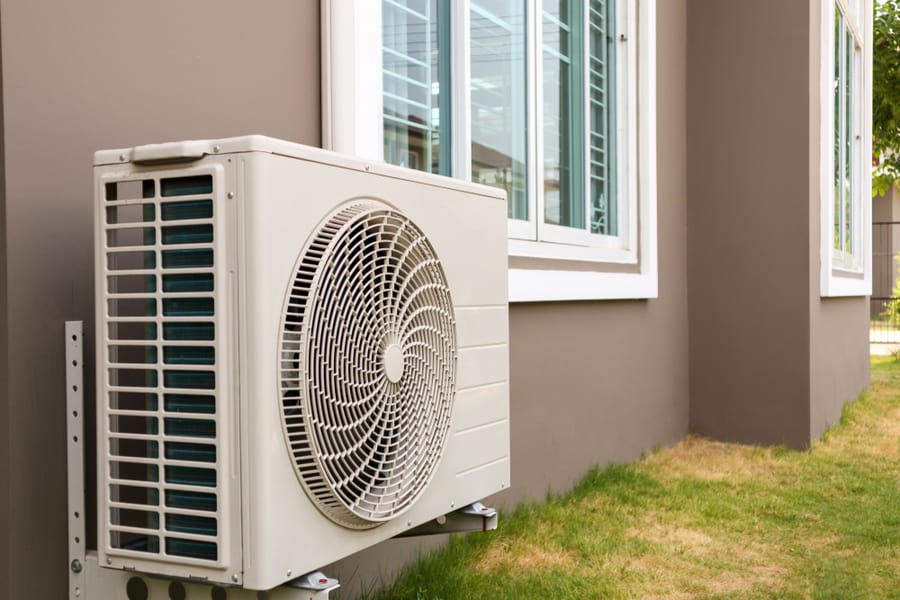
Sometimes, the most obvious solution to your problem is the simplest one. For example, if you’re noticing that your air conditioner isn’t cooling effectively, it might be because of a broken compressor.
The compressor is the heart of any air conditioning system. It pumps refrigerant from the condenser coil through the evaporator coil and back to the condenser coil. Without a functioning compressor, your entire system will be shut down.
If your AC isn’t working right or its operation has become erratic or noisy, your compressor may have a problem.
To check if this is the case, check for low pressure in each zone using a low-pressure tester or a thermometer with a hose attached near an outlet on an exterior wall.
If there’s no cold air from the vents, something is wrong with your compressor; either it’s not working properly or broken altogether. Fixing it will help save on energy bills.
Conclusion
Air conditioning is an essential part of life that has many hidden benefits. The positive side-effect of this is that it saves you a lot on your electricity bill, which can be quite expensive in the summer months.
With summer coming, everyone is looking to save on electricity costs. Luckily, this article has provided the ultimate guide on the energy-saving mode in your air conditioner.
With these helpful tips, you can maximize your energy-saving habits when using your air conditioner.
Just remember to ensure the compressor works fine, follow the manufacturer’s energy-saving guide and turn off your AC when not in use.
Frequently Asked Questions
How Long Should Your AC Run in a Day?
The amount of time your air conditioner should run depends on the climate in which you live. If you live in a very hot and humid climate, for example, it will take longer for your AC to cool off the space than if it were located somewhere that gets cold during the winter.
In general, though, many think their air conditioners should run for about four hours daily. This is enough time to keep your house comfortable without making it too hot or too cold.
You must only watch out for whether or not your AC is using too much energy during those four hours.
What Does Energy Saving Mode Do in an Air Conditioner?
Energy saving mode is a feature that kicks in when your air conditioner is not operating at maximum efficiency.
The power-saving mode uses less electricity and saves you money on your bill by reducing the energy the system uses.
To turn off energy saving mode, go to the settings menu and look for “energy saving mode.” Select it, then select “OFF.”

